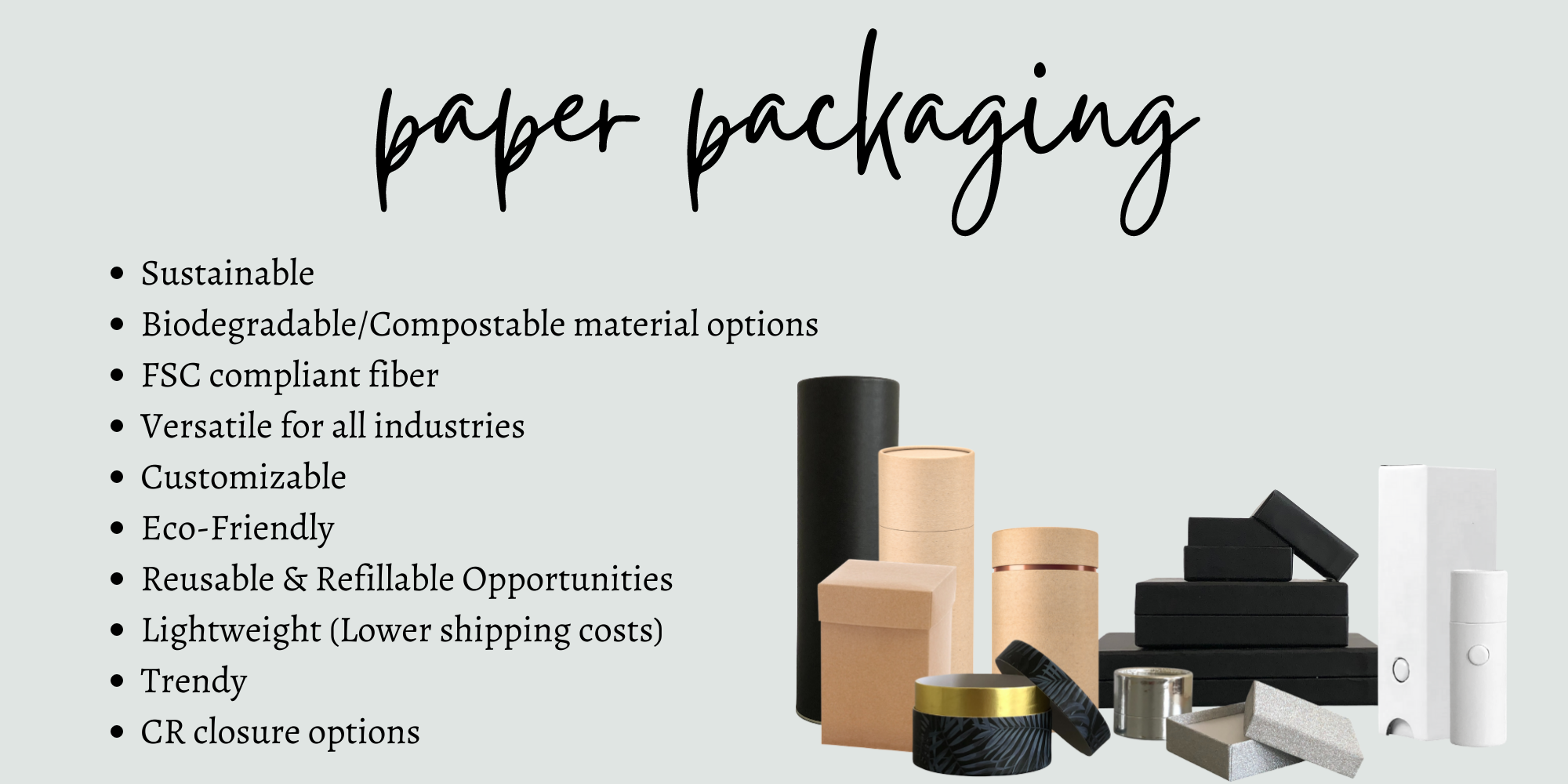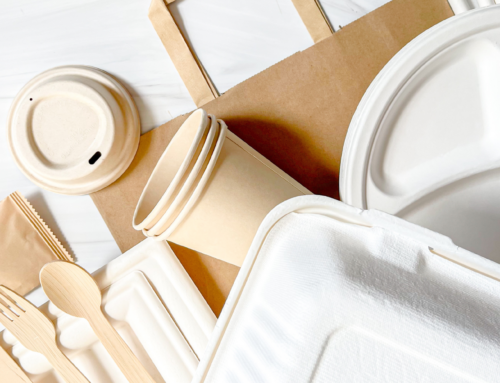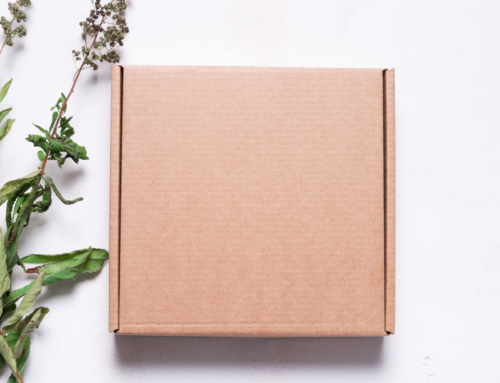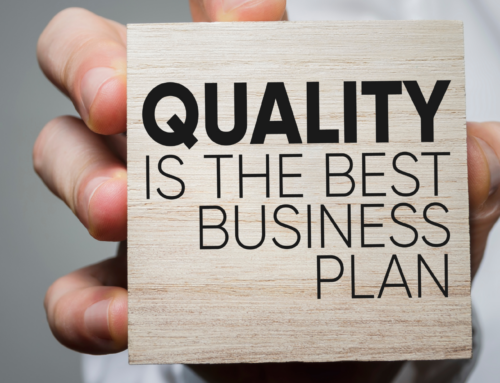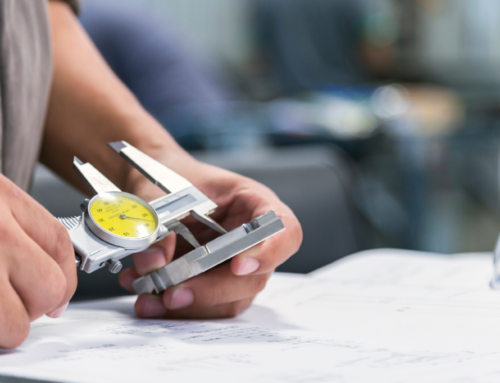To Use or Not to Use: Addressing Your Concerns with Plastic Packaging
Plastic. It’s a sensitive subject and, yes, we’re talking about it. Ideally, we would all love to eliminate waste in a perfect world. However, in reality, plastic isn’t the only thing triggering environmental conversations. Even though limiting the use of plastic is commendable, there are many reasons why businesses continue to rely on plastic packaging for their products. We’re here, as a team, to address your concerns while simultaneously incorporating our twenty years of packaging experience to share through a realistic lens why plastic can remain an excellent packaging alternative for your product.

March 22, 2022
![]()
Rather than looking at plastic packaging as a disgrace to society, let’s take a peek through a realistic lens that provides a more positive perspective on why companies continue to incorporate plastic packaging into their product lines.
Not only is plastic packaging an inexpensive option for many businesses, but there are many reasons why businesses continue to use plastic packaging. It provides durability and protection from contaminants and humidity, reducing the risk of unsafe food products and food waste. As a result? Plastic is a reliable preserver of foods, whose protection helps to increase a product’s shelf life, equating to less food and perishables being discarded and wasted in landfills.
While plastic packaging is essential within the foodservice industry, it is also incredibly beneficial for those with products in the medical and hospitality industry and those products involved in healthful living. Many of these products have an expiration or use by date, meaning the preservation of these products must be adequate and safe for consumers. Plastic packaging enables these products to obtain the longest preservation possible while maintaining the safety and best use of the product for consumers.
![]()
Sticking With Plastic? It’s OK! Here Are Opportunities For You To Explore “Sustainable” Plastic Options:
Reduce the Amount of Plastic Packaging & Keep it Light
Are you in tune with current packaging trends? Looking to redesign? Here’s your opportunity to become trendy and eco-conscious. Try reducing the amount of material in your packaging and head towards more lightweight designs. These lightweight designs will lower your volume for transporting, using less fuel for freight, therefore reducing your impact on the environment. And guess what – you’re still using plastic, just less quantities of it!
Reuse & Repurpose
Rather than producing a single-use plastic packaging container that is discarded once emptied, what about creating a refillable or repurposed design? Another popular trend in the packaging world is refillable packaging which encourages consumers to make the initial purchase. Still, in return, the consumer has the opportunity to purchase the product contents and save the packaging for future uses.
What about repurposing a plastic container that you already have? Of course, due to some packaging designs, we understand that it does not encourage consumers to repurpose the packaging. Fortunately for you, this is your chance to take advantage of your consumer and your packaging design to educate your consumers on ways they can repurpose your container for alternative uses. What a time to reach out and get insight from your consumers on how they have repurposed your product to gain additional packaging uses. It’s time to start that conversation!
Recycling: Is There a “Better Plastic” Option?
Essentially, recyclable plastics stem from ensuring your consumer knows how to recycle your product. Unfortunately, plastic recycling is not a ‘one size fits all,’ and communicating and educating consumers is critical to do this successfully.
While plastic packaging can be recyclable, most of the time it must be in its most raw form to be appropriately recycled. What does this mean for your product’s packaging? As a business, paying attention to the percentages and understanding that not all PCR (Post-Consumer Recycled plastics) are created the same way; therefore, not all PCR plastics are 100% recyclable. At this point, communication and transparency with your customers plays a critical role in how your plastic is cared for and recycled the way it’s intended.
![]()
Plastic Packaging: Let’s Be Honest
While there are better plastic options, not all plastics are 100% recyclable, and not all recyclable packaging gets recycled. Unfortunately, because there are so many different ways to produce and recycle plastic packaging, the infrastructure of the recycling industry varies greatly. Not all recycling centers are equipped with proper equipment for recycling all plastic materials; however, it is possible to educate your consumers on how to recycle your plastic packaging by including explicit directions on the label or by including a website URL that provides further information. As many consumers are becoming more eco-conscious through educating and identifying sustainable products to support their way of life, it’s time for your business to be their most prominent advocate and help them become plastic recycling experts!
![]()
Still Not Convinced? Here Are Our Alternatives to Rigid Plastic Packaging:

